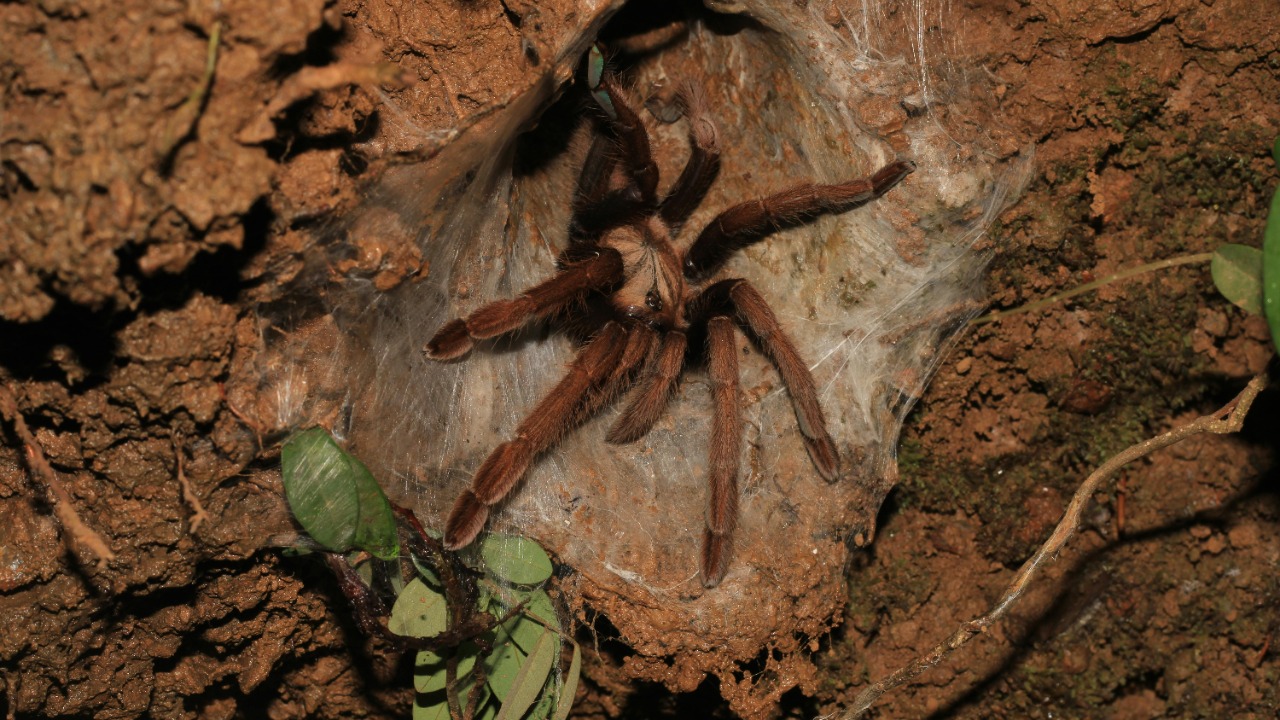
In a recent exploration, scientists have stumbled upon a colossal spider ‘supercity’ in a cave, home to an estimated 100,000 spiders. This discovery, located in the border regions of Greece and Albania, could potentially be the largest web ever found. The intricate network of webs, woven by thousands of arachnids, is primarily used for preying on midges. The scale of this spider communal living is unprecedented and has been described as the stuff of nightmares.
Discovery of the Spider Supercity
The initial exploration that led to the discovery of this massive spider colony was filled with surprise and awe. Encountering thousands of arachnids in a single location was an unexpected sight for the researchers. The team used various methods to document the site, including capturing visual evidence of the sprawling web structures. The sheer scale of the interconnected webs, home to an enormous number of spiders, was a groundbreaking find in the study of arachnid behavior.
Location and Environmental Context
The cave, situated along the border of Greece and Albania, provides an isolated environment for the spider colony. The unique conditions within the cave, including its humidity and the availability of prey, support such a large spider population. The isolation and unique environmental conditions have allowed the spiders to build a thriving ‘supercity’ without significant threats or disturbances.
Scale and Structure of the Web
The extent of the web is staggering, potentially marking it as the largest ever found. The web structure supports more than 100,000 spiders living in a communal setup. The architecture of the web is complex, with interconnected strands forming a ‘supercity’ for the arachnids. When compared to known spider webs, the size of this colony sets a new record, highlighting the unprecedented scale of this discovery.
The Spider Colony’s Inhabitants
The colony is home to more than 100,000 spiders, all of a similar species. Observations of the colony have revealed fascinating social behaviors, such as cooperative web-building among thousands of individuals. This level of cooperation and communal living is rarely seen on such a large scale among arachnids, making this colony a unique and intriguing subject of study.
Prey and Ecosystem Dynamics
Midges serve as the primary prey for the spider colony, with thousands being drawn into the intricate web network. The spiders’ predation on midges plays a crucial role in maintaining balance within the cave ecosystem. This dynamic between predator and prey is a key factor in the survival and growth of the spider ‘supercity’.
Implications for Arachnid Research
This discovery has significant potential impacts on scientific understanding of large-scale spider societies. It offers new insights into communal living among spiders and could pave the way for further studies in this area. However, conservation concerns for the site have also been raised, given its role as home to more than 100,000 spiders. Future studies linked to this web, the largest ever found, could provide valuable data for arachnid research and conservation efforts.
Public and Cultural Reactions
The discovery has been portrayed in the media as ‘Spider City’, evoking a mix of fascination and fear. The scale and complexity of the web, along with the sheer number of spiders, have led to descriptions of the discovery as the stuff of nightmares. This reflects the widespread arachnophobia prevalent in many cultures, and underscores the impact such discoveries can have on public perception of spiders and their habitats.
More from MorningOverview